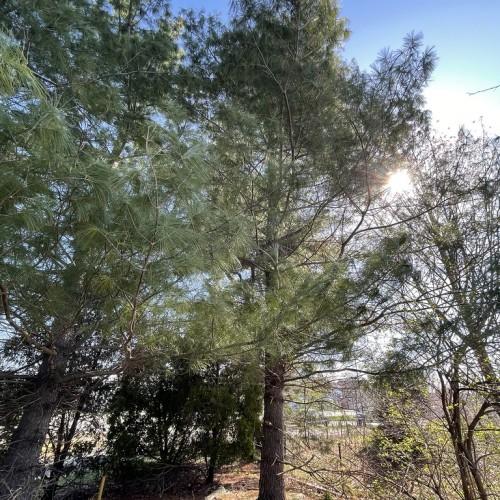
eastern white pine
Pinus strobus 'Blue Shag'
Cycle:
Perennial
Watering:
Average
Hardiness Zone:
3 - 8
Flowers:
Flowers In Spring
Sun:
Full sun
Soil:
Sandy Loamy Rocky
Cones:
Yes
Leaf:
Yes
Growth Rate:
High
Maintenance:
Low
Salt Tolerant:
Yes
Care Level:
Medium
watering
The eastern white pine (Pinus strobus 'Blue Shag') prefers well-drained soil and moderate amounts of watering. Water the tree deeply twice per week during the growing season and once per week during the winter. When establishing the tree, water it until the soil is saturated. During periods of extreme heat, increase the watering to 3 times per week. Avoid overwatering the eastern white pine (Pinus strobus 'Blue Shag') to prevent root rot and other issues. During periods of drought, water the plant deeply every 4-7 days, as needed.
sunlight
Eastern White Pine (Pinus strobus 'Blue Shag') should receive at least 4-5 hours of direct sunlight per day. For optimal growth and health, Eastern White Pine should receive 5-6 hours of direct sunlight during the growing season, and less in the winter months when plants are dormant. It can tolerate partial shade, but will grow more slowly.
pruning
Eastern White Pine (Pinus strobus 'Blue Shag') is a low-maintenance evergreen that requires very little pruning for its health and lifespan. Generally, pruning should begin in late winter or early spring while the tree is still dormant. Pruning away dead or diseased branches is necessary for the health of the tree. Some light thinning may also be necessary to help the tree maintain its shape. Branches may be trimmed to reduce the height of the tree or to open up the canopy to allow in more light. Pruning should be minimal and moderate with no more than 10-15% of the total foliage removed each year to reduce stress to the tree.
